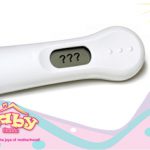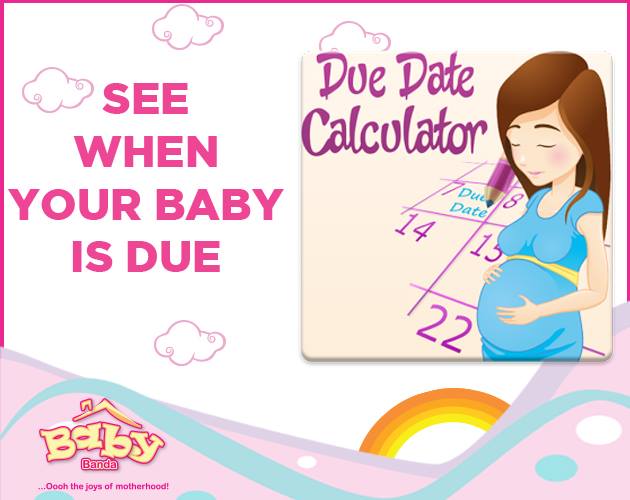Ovulation is the most fertile period of your menstrual cycle. It is the development and release of the egg (Ovum) from your ovaries. This is the optimum time to have sexual relations to maximise your chances of conceiving.
Signs of ovulation
- Increased cervical mucus that would usually resemble raw egg white in consistency. Using a finger and thumb you should be able to stretch it more than an inch
- Increased sexual desire
- Hormonal levels and changes in your body may heighten your senses like smell, taste or vision
- You may experience ovulation pain. The pain is felt in the lower abdomen, on one side, being the side of the ovary releasing an egg.
- Some women may experience slight spotting due to a drop of estrogen at the time of ovulation. The drop in estrogen causes the endometrium (uterus lining) to decrease a little, causing slight spotting known as ovulation bleeding.
Tips on tracking your ovulation
Here are a few tips to help you determine if you are ovulating:
- Know your menstrual cycle and use a calendar: If your menstrual cycle is consistent, ovulation will most likely start about 14 days after the beginning of your last period.
- Purchase a thermometer: When you’re ovulating, your body temperature may experience a small spike. By tracking your temperature over time, you can determine when you’re ovulating by seeing when your temperature is up compared to your average temperature.
- Get an Ovulation Predictor Kit from a reputable chemist or pharmacy. This helps you determine if you are ovulating by measuring hormones in your urine.














